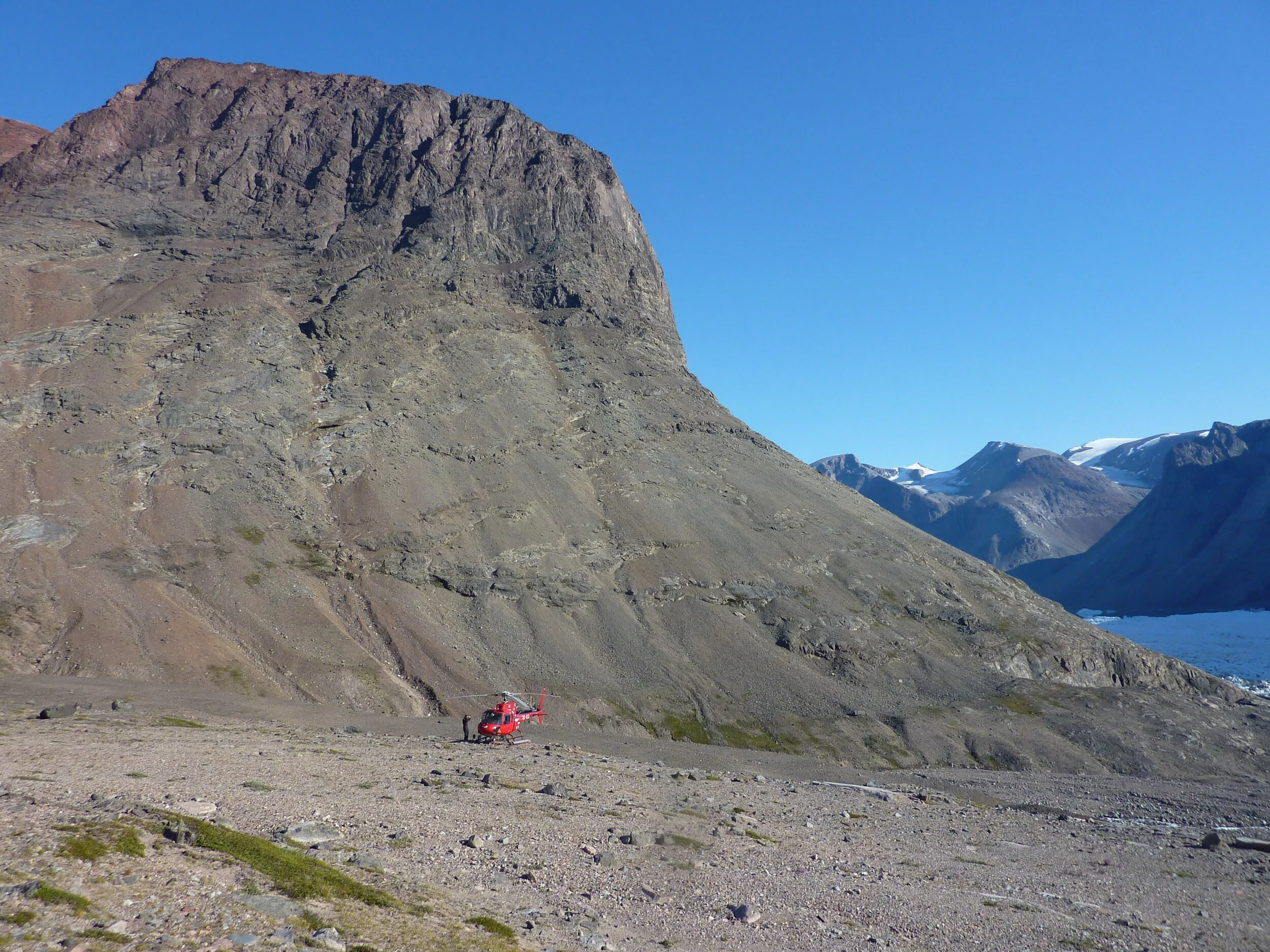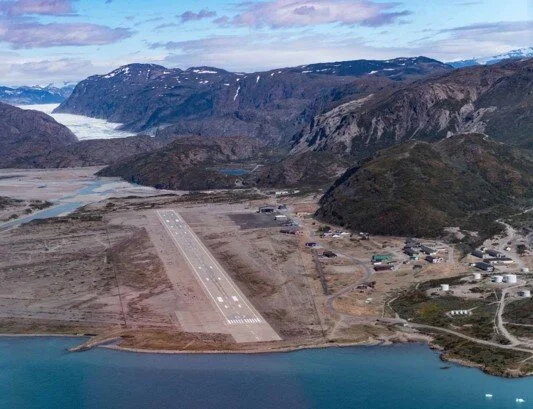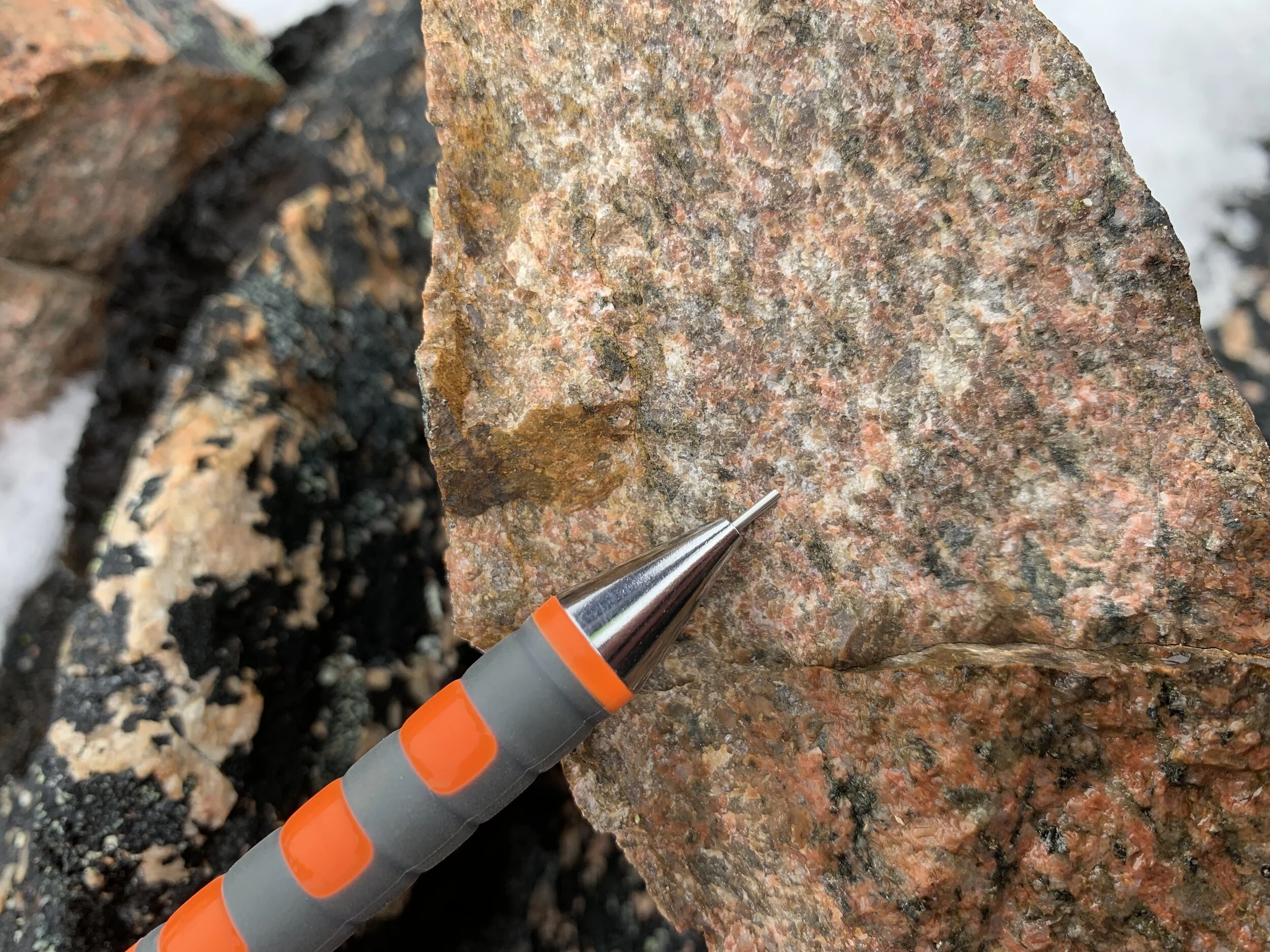
OPERATIONS / MOTZFELDT
Motzfeldt
The Largest Undeveloped Niobium-Tantalum-Rare Earth Deposit in the World
The Motzfeldt Project is a Multi-element deposit (Tantalum, Niobium, Zirconium and Rare Earths). This increases the inherent value of the Project at the same time as reducing the commodity risk which attaches to projects that rely on a single commodity.
Motzfeldt benefits from a 340mt Inferred Mineral Resource with a contained metal inventory of 1,564,000 tonnes of Zirconium (ZrO2) at a grade of 0.460%, 629,000 tonnes of Niobium (Nb2O5) grading 0.185%, 41,000 tonnes of Tantalum (Ta2O5) grading 0.012% and 884,000 tonnes of Total Rare Earth Oxides (TREO) grading 0.260%
Motzfeldt has a number of infrastructure advantages, being only 10 km to the transport hub of Narsarsuaq with its local workforce, harbour and international airport. The Gardar Province also hosts the major Kvanefjeld and Kringlerne rare earth projects, meaning there is potential for Motzfeldt to benefit from regional infrastructure cost-savings as those projects are developed.
The Aries Deposit at the Motzfeldt Project has the potential to become one of the most significant Tantalum-Niobium-Rare Earths mines in the world. And that’s even before considering the upside available from the multiple other high-grade targets on Stallion’s licence area.
Greenland, a Mining-Friendly Jurisdiction
Greenland is an autonomous country which has had self-rule since 1979, but which retains close ties to Denmark.
The country has supportive regulatory authorities which are committed to the growth of the mining sector, including a modern and transparent Mining Code overseen by a dedicated administrative body, the MLSA.
As befits a country with a large number of mining projects, Greenland has an established local mining economy, with specialist logistical and technical services.
Motzfeldt is located in the Gardar Province of southern Greenland, which is an emerging world class region for rare earths.
Aside from Motzfeldt, the Gardar Province is host to:
The world-class Kringlerne Rare Earth Project, with a Mineral Resource of 5.15 billion tonnes grading 1.9% Zirconium (ZrO2), 0.6% REOs, 0.2% Niobium (Nb2O5) and 0.3% Tantalum (Ta2O5).
The Kvanefjeld Rare Earth Project, with a Mineral Resource of 1.01 Billion tonnes containing 11.13 Mt of Rare Earth Oxides (REOs).
Motzfeldt has the potential to supply significant quantities of conflict-free strategic metals to global markets.
Targeting strategic metals
Rare Earths
18% of the Motzfeldt Mineral Resource of 884,000 t TREO is comprised of high value Neodymium, Praseodymium and Dysprosium
Production in China peaked in 2010 when they produced 95% of the world’s Rare Earths
An increase in demand for Rare Earths has allowed for mines outside of China, including the USA and Australia, to restart Rare Earth production
Uses: electronic devices including computers, batteries, mobile phones, lighting and many renewable energy producers
Neodymium, Praseodymium and Dysprosium are used in high-intensity permanent magnets for electric cars and wind turbines. A large turbine contains around 2 tonnes of Rare Earths.
Praseodymium is also an alloying agent for high-strength metals used in aircraft engines
The Rare Earths market is expected to grow at a CAGR of ~8% between 2019-2024 (Roskill)
Neodymium demand is expected to show the greatest increase in demand due to its use in the rapidly growing Electric Vehicle (EV) market (Roskill)
Niobium
Used for lightweight, resistant, super alloys, as it exhibits exceptional resistance
Niobium-bearing steel is used in many industries: oil & gas pipelines, nuclear reactors, satellites and cars
Just $9 worth of niobium reduces a car’s weight by 100kg and improves fuel efficiency by 5%
Projected Compound Annual Growth Rate (CAGR) of 5.90% during 2019-2024 (Sources: Niobec and Mordor Intelligence)
Tantalum
Twice the tensile strength of high-strength steels
An electrical superconductor and therefore a critical component in electrical capacitors
60% is produced in Rwanda and the DRC
The US Dodd-Frank Act and EU conflict minerals laws strengthen non-conflict mineral countries as sources of tantalum
Roskill: Tantalum demand projected to grow at 4-5% pa to 2028
Zirconium
A very strong and malleable metal
Lighter than steel, and extremely resistant to heat and corrosion
Nuclear reactors drive 90% of the demand, and it is also a component in abrasives and hardening agent in alloys, especially steel
Australia and the USA account for 67% of worldwide production




